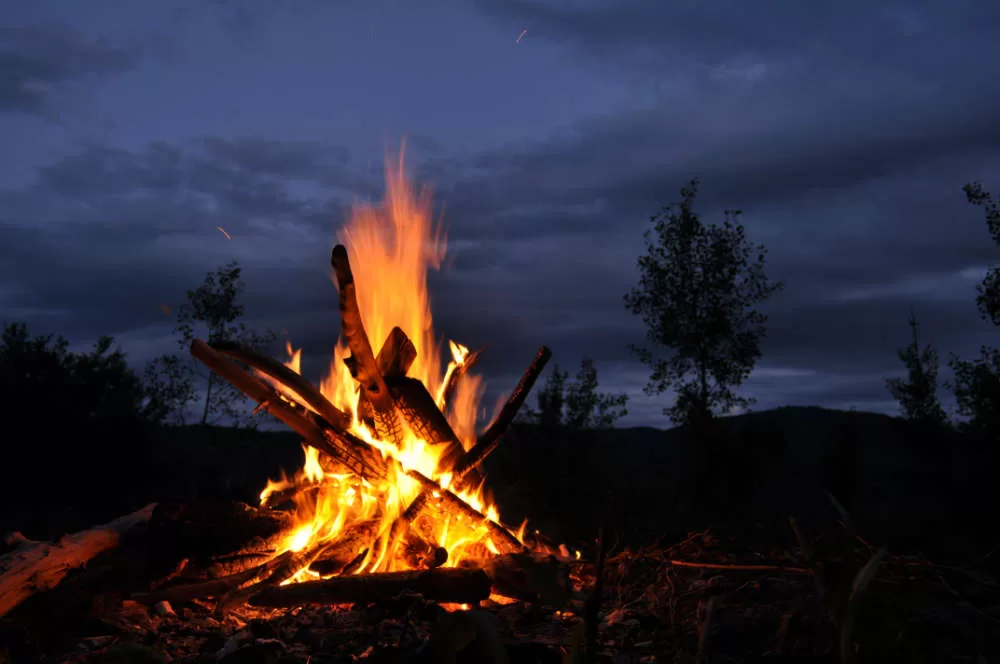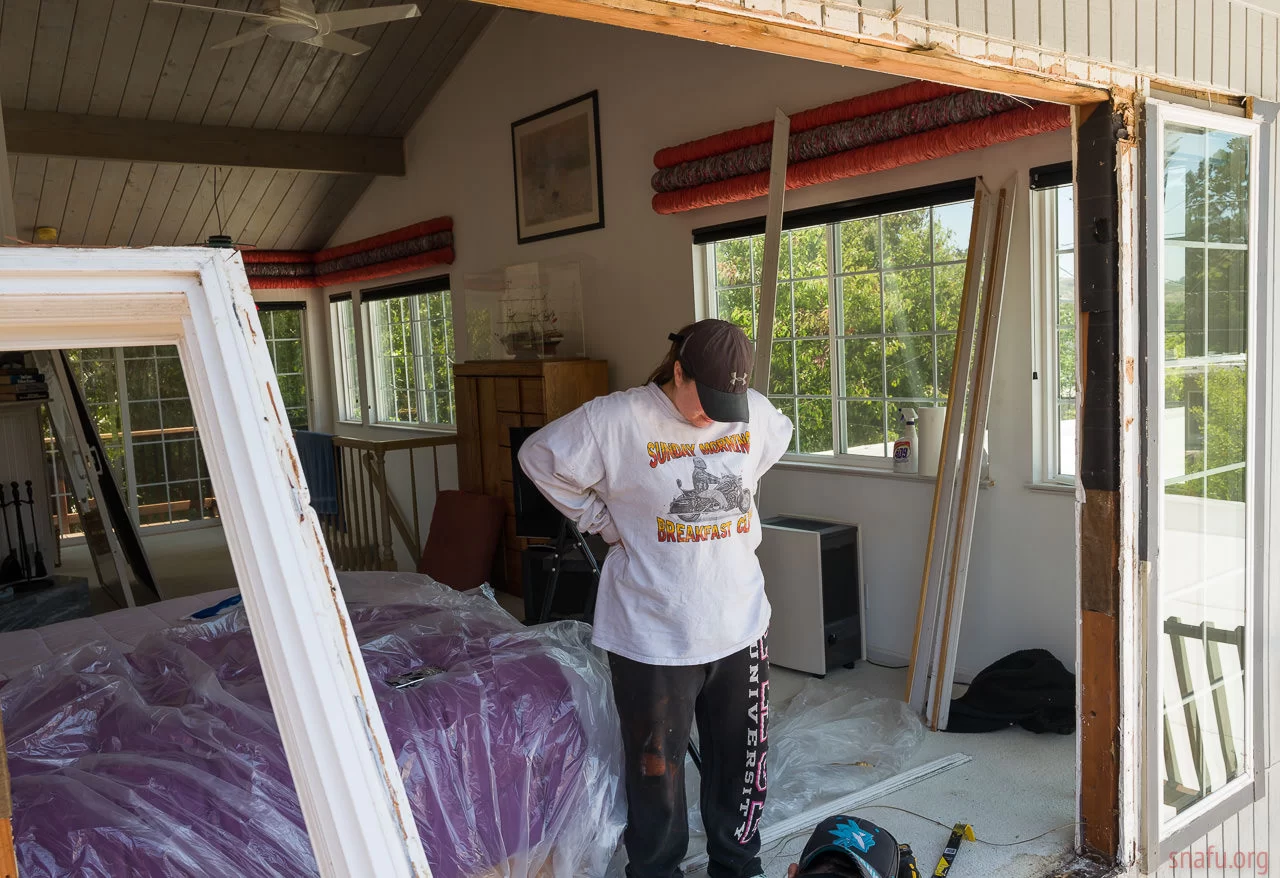As an expert on fire safety, I want to share with you some important information about the dangers of leaving a fire pit (or any type of recreational fire) unattended.
From campfires to barbecues, it’s essential to understand that a small spark can quickly turn into a raging inferno if left unsupervised. Not only can unattended fires cause massive damage to property and the environment, but they can also put lives at risk.

In every jurisdiction within the United States, it is illegal to leave a recreational fire unattended.
In this blog post, we will explore the legal implications of doing so, the different types of fires that people may leave unattended, prevention and safety measures, and why you should never leave a fire pit burning overnight.
3 Reasons Why You Should Never Leave a Fire Pit Burning Overnight
1. Even without an active flame, embers and ashes that are still hot can set alight to flammable materials in the vicinity.
2. A small gust of wind can easily disseminate hot ashes or embers over a considerable area.
3. It is against the law in all parts of the United States to leave a recreational fire unattended.
I would argue that leaving a fire pit unattended should be illegal worldwide, right? And just in case you’re not convinced, here are three more reasons why!
- Leaving a fire pit burning overnight increases the risk of wildfire, as embers can easily escape and ignite surrounding brush or trees.
- Unattended fires can also cause damage to property or injury to people or animals.
- Even if the fire appears to be extinguished, it can continue to smolder and can reignite, especially if the weather conditions change.
Read Also:
The Consequences of Leaving a Fire Pit Unattended!
The legal implications of leaving a fire unattended can vary depending on the location, the type of fire, and the specific circumstances.
For example, in some states, it may be illegal to leave a campfire or barbecue unattended in the wilderness, while in other places, it may be illegal to leave a stove or other heat source unattended in a building.
In all cases, it is important to check the laws and regulations for the specific area you are in and to use caution when starting and maintaining a fire.
Using your logic and some common sense is my recommendation. If you know that you are about to start a fire of some sort, then plan to be there, present. Commit to being there until the fire is completely out.
I don’t believe anyone would want to be the cause of property or environmental damage, injury, or even death, right? Not to mention the civil liability or criminal charges that would weigh upon such a person.
What Are The Different Types of Fires That Can Be Left Unattended?
Campfires, barbecues, stoves, outdoor fire pits, and fireplaces are among the most common ones. Let’s discuss some of these for additional context and clarification on when you should be careful and not put yourself at any kind of risk.
Campfires
These are fires that are typically built in the wilderness for cooking or warmth, such as when you go camping or hiking. They can be left unattended if they are not properly extinguished and can easily spread and cause a wildfire.
Barbecues
We’re all familiar with backyard barbecues with friends and family, and of course, these fires are used for cooking. Like campfires, they can be left unattended if they are not properly extinguished and can easily spread and cause house fires, burn fences or nearby trees, or worse, a neighbor’s house!
Stoves
These are fires that are used to heat a building or to cook food indoors, such as in your kitchen. They can be left unattended if they are not properly extinguished and can easily spread and cause a fire that can damage property or cause injury. It’s easy, for example, to leave the stove on while you take a break and unintentionally fall asleep.
Fire Pits
These are fires that are typically built in a backyard or patio area for warmth or ambiance. Like campfires and barbecues, they can be left unattended if they are not properly extinguished and can easily spread and cause wildfires and burn down houses or trees.
Fireplaces
If you have a wood-burning chimney at home, you know what these are and how dangerous they can be. These fires are mostly used to heat the inside of a home or building or even to provide ambiance.
Don’t ever leave these types of fires unattended! If you’ve ever been in front of one of these fires, you know how quickly sparks happen and jump onto wooden floors that could easily catch on fire.
How Fast Can a Fire Spread?
Real fast! The speed at which a fire can spread is a crucial factor to consider when it comes to fire safety. The type and amount of fuel available, weather conditions, topography, and the size of the fire can all greatly affect how fast a fire can spread. Let me show you what I mean.
For instance, a fire in a dry, brushy area will spread more quickly than a fire in a damp, wooded area, such as during the winter. This is because dry fuels such as grass, leaves, and brush will ignite more easily and burn more rapidly than wet fuels such as green vegetation.
The high temperatures, low humidity, and high winds that often accompany wildfires can also greatly increase the speed at which a fire spreads.
Topography also plays a key role in how quickly a fire can spread. A fire in a mountainous area will spread more quickly than a fire in a flat area. Fires that spread uphill will typically spread more quickly than fires that spread downhill.
The steepness of the terrain, the direction of the wind, and the type of vegetation in the area will all affect how fast it spreads.
The size of the fire is also an important factor. Obviously, a small fire will typically spread more slowly than a large fire. However, even a small spark can quickly turn into a raging fire if left unsupervised.
A house fire can spread in just a matter of minutes, and a wildfire can spread several miles in a matter of hours (or faster!).
These, however, are just estimates, and the actual speed at which a fire can spread can vary greatly depending on the specific circumstances.
It’s essential to be aware of the laws and regulations regarding fire safety and to use caution when starting and maintaining a fire. It’s also important to be prepared and to know what to do in case of a fire emergency, so be prepared for the worst at all times, especially when you’re outdoors.
References About Leaving a Fire Pit Unattended
Leaving a fire pit or any other type of fire (as discussed today) unattended can have serious consequences. Not only can they cause massive damage to property and the environment, but they can also put lives at risk.
It’s essential to use caution and common sense when starting and maintaining a fire and to properly extinguish the fire before leaving it unattended.
Before I go, I’d like to leave you with a few references that can provide even more information, further reading, and details on regulations.
The National Wildfire Coordinating Group (NWCG) is a government organization that provides information on fire prevention, fire management, and fire weather.
You can find information on their website, nwcg.gov, about the causes and prevention of wildfires, as well as information on fire management and weather forecasting.
The Federal Emergency Management Agency (FEMA) is a government agency that provides information on emergency management and disaster response.
You can find information on their website, fema.gov or usfa.fema.gov, about fire safety and preparedness, including tips on how to create an emergency plan, how to prepare for a fire, and how to respond to a fire emergency.
The National Fire Protection Association (NFPA) is a non-profit organization that provides information on fire safety and fire prevention. You can find information on their website, nfpa.org, about fire safety tips, fire statistics, and fire codes and standards.
The American Red Cross is a humanitarian organization that provides disaster relief and education in the United States.
You can find information on their website, redcross.org, about fire safety and preparedness, including tips on how to create an emergency plan, how to prepare for a fire, and how to respond to a fire emergency.









